Home>Storage Ideas>Kitchen Storage>The ‘Emotional Support’ Kitchen Is 2024’s Big Design Trend
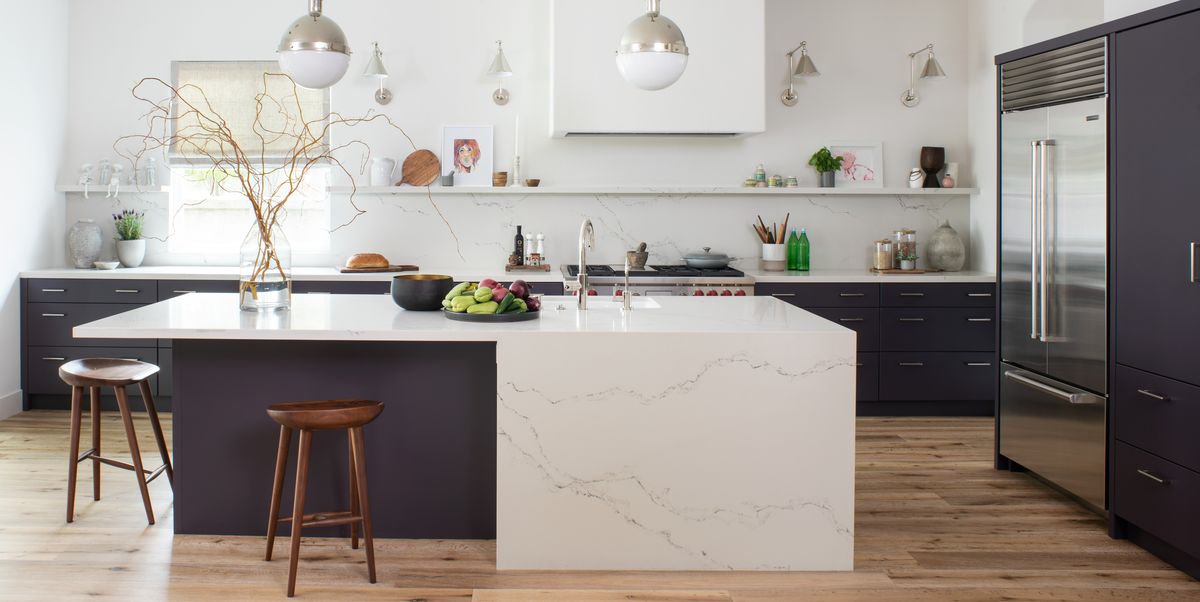

Kitchen Storage
The ‘Emotional Support’ Kitchen Is 2024’s Big Design Trend
Modified: February 29, 2024
Discover the latest 2023 design trend of the 'emotional support' kitchen, including innovative and functional kitchen storage ideas.
(Many of the links in this article redirect to a specific reviewed product. Your purchase of these products through affiliate links helps to generate commission for Storables.com, at no extra cost. Learn more)
Introduction
The kitchen is more than just a place to cook and prepare meals. It’s a space where memories are made, conversations are had, and nourishment is not only for the body but also for the soul. In recent years, homeowners have been focusing on creating kitchen spaces that go beyond functionality and aesthetics. One emerging trend that has gained popularity is the concept of the “emotional support” kitchen.
So, what exactly is an emotional support kitchen? It’s a design approach that seeks to create a space that promotes emotional well-being, relaxation, and a sense of comfort. It’s about crafting a kitchen environment that nourishes not just our physical needs but also our mental and emotional needs. This trend recognizes the importance of self-care and mindfulness, and how the design of our surroundings can impact our overall well-being.
Why has the concept of an emotional support kitchen gained traction? In a fast-paced, stress-filled world, we all need a space where we can seek refuge and find solace. The kitchen, being the heart of the home, is the perfect place to implement this concept. It’s where we start our day with morning rituals, gather with loved ones for shared meals, and find comfort in familiar scents and tastes.
Creating an emotional support kitchen involves thoughtful design choices that prioritize relaxation, comfort, and serenity. By incorporating elements of nature, optimizing lighting, utilizing colors and textures, and designing for multifunctionality, we can transform our kitchens into sanctuaries that rejuvenate and inspire.
In this article, we will explore the various aspects of designing an emotional support kitchen and how they can elevate the overall well-being of homeowners. From embracing nature to creating multifunctional spaces, we will delve into the strategies and ideas that can be implemented to transform your kitchen into a haven of emotional support.
Key Takeaways:
- Embrace nature in your kitchen design to create an emotional support space. Incorporate houseplants, natural materials, and ample natural light for a calming and rejuvenating effect.
- Prioritize comfort and relaxation in your kitchen by focusing on ergonomic layouts, soft lighting, and multifunctional spaces. Create a sanctuary that nurtures well-being beyond cooking.
Definition of Emotional Support Kitchen
An emotional support kitchen is more than just a place to prepare meals; it is a space that is consciously designed to promote emotional well-being and provide a sense of comfort and serenity. It goes beyond functionality and aesthetics to prioritize relaxation, mindfulness, and self-care.
One key aspect of an emotional support kitchen is the incorporation of nature elements. Nature has a calming and uplifting effect on our emotional state. By bringing elements like plants, natural materials, and natural light into the kitchen, we can create a connection to the outdoors and infuse a sense of tranquility. This can be achieved through the use of potted plants, herbs on windowsills, or even a small indoor garden. Natural materials like wood, stone, and bamboo can be incorporated into the design to enhance the organic feel of the space.
Lighting also plays a crucial role in an emotional support kitchen. Natural light is preferred, as it mimics the light we experience outdoors and has a positive impact on our mood. Large windows or skylights allow ample natural light to flood the space, creating a warm and inviting atmosphere. Additionally, incorporating adjustable lighting fixtures with warm tones can create a cozy ambiance during evenings or cloudy days.
Colors and textures also contribute to the emotional support aspect of the kitchen. Soft, muted color palettes can evoke a sense of calm and relaxation, while pops of nature-inspired colors can bring energy and vibrancy. Textures such as natural stone countertops, textured backsplashes, or warm wooden cabinetry can add depth and visual interest to the space.
In addition to aesthetics, an emotional support kitchen should be designed with functionality and practicality in mind. Creating multifunctional spaces within the kitchen allows for a seamless transition between cooking, dining, and relaxation. This can be achieved through the inclusion of cozy seating areas, breakfast bars, or kitchen islands that serve as gathering spots for family and friends.
Overall, an emotional support kitchen is a space that fosters a sense of peace, comfort, and well-being. It embraces the idea that our surroundings have a profound impact on our emotional state and seeks to create an environment that supports and uplifts us. By integrating elements of nature, optimizing lighting, utilizing colors and textures, and promoting multifunctionality, we can design kitchens that go beyond mere functionality and become havens for emotional support.
Benefits of Emotional Support Kitchens
An emotional support kitchen offers numerous benefits that go beyond the traditional functionality of a kitchen. By adopting a design approach that prioritizes emotional well-being and comfort, homeowners can experience a range of positive effects in their daily lives. Let’s explore some of the key benefits of creating an emotional support kitchen:
1. Stress reduction: Living in a fast-paced world can often lead to high levels of stress. The kitchen, being the heart of the home, can serve as a sanctuary where we can find solace and relaxation. An emotional support kitchen with its soothing colors, natural elements, and comfortable design can significantly reduce stress levels and provide a calming atmosphere.
2. Mood enhancement: Our environment plays a significant role in influencing our mood. An emotional support kitchen can uplift our spirits and enhance our overall mood. By incorporating vibrant colors, natural light, and textures that evoke positive emotions, we can create a space that brings joy and happiness.
3. Improved well-being: A well-designed emotional support kitchen can contribute to our overall well-being. By creating a space that promotes relaxation, mindfulness, and self-care, we can enhance our mental, emotional, and physical well-being. It can become a place where we can engage in healthy cooking, nourish our bodies, and take a break from the stresses of everyday life.
4. Connection with nature: Nature has a profound effect on our well-being. An emotional support kitchen allows us to establish a connection with nature even within the confines of our home. By incorporating elements like plants, natural materials, and abundant natural light, we can bring the calming and rejuvenating effects of the outdoors into our kitchen space.
5. Enhanced creativity: A well-designed emotional support kitchen can spark creativity and inspiration. With thoughtful organization, functional layout, and ample workspace, homeowners can feel motivated to explore new recipes, experiment with flavors, and unleash their culinary creativity.
6. Encourages family bonding and social interaction: The kitchen is often the gathering place for family and friends. An emotional support kitchen, with its comfortable seating areas, multifunctional spaces, and inviting ambiance, can encourage family bonding and social interaction. It becomes a space where memories are created, conversations flow, and laughter fills the air.
By creating an emotional support kitchen, homeowners can transform their cooking space into so much more. It becomes a place of solace, relaxation, and rejuvenation. With its numerous benefits, an emotional support kitchen enhances our overall well-being and enriches our daily lives.
Incorporating Nature Elements into Kitchen Design
Bringing elements of nature into your kitchen design is a key aspect of creating an emotional support kitchen. Nature has a calming and rejuvenating effect on our well-being, and incorporating these elements into the kitchen can enhance the overall ambiance and promote a sense of tranquility. Here are some ideas for incorporating nature elements into your kitchen design:
1. Houseplants: Adding houseplants to your kitchen can instantly bring a touch of nature indoors. Choose plants that thrive in low light conditions, such as pothos, snake plants, or spider plants, and place them on countertops, shelves, or hanging planters. Not only do they add a pop of greenery, but they also improve indoor air quality.
2. Herb garden: Grow fresh herbs in your kitchen for both culinary and aesthetic purposes. Plant herbs like basil, rosemary, or mint in small pots or a dedicated herb garden on your windowsill. The fragrant aroma of herbs will fill your kitchen, making it feel fresh and inviting.
3. Natural materials: Incorporate natural materials like wood, stone, or bamboo into your kitchen design. Opt for wooden countertops, stone backsplashes, or bamboo flooring to add warmth and texture to the space. These materials not only bring a sense of nature but also create a timeless and organic vibe.
4. Natural light: Maximize the use of natural light in your kitchen design. If possible, include large windows or skylights to allow plenty of sunlight to flood the space. Natural light not only makes your kitchen feel brighter but also helps regulate mood and promotes a sense of well-being.
5. Water features: Incorporating a small water feature in your kitchen can add a soothing element of nature. Consider installing a small tabletop fountain or a wall-mounted water feature. The sound of running water creates a peaceful ambiance and can help reduce stress and promote relaxation.
6. Organic colors: Choose a color palette inspired by nature to infuse a sense of tranquility into your kitchen design. Soft, earthy tones like greens, blues, and neutrals create a calming atmosphere. Opt for paints, tiles, or wallpapers in these hues to connect with nature and bring a sense of the outdoors inside.
7. Nature-inspired artwork: Hang nature-inspired artwork or photographs on the walls of your kitchen. Choose pieces that depict landscapes, plants, or natural scenes. Artwork can provide a visual connection to nature and create a serene and relaxing environment.
Incorporating nature elements into your kitchen design can transform your cooking space into a calming oasis. By bringing in plants, natural materials, ample natural light, and nature-inspired colors, you can create an emotional support kitchen that promotes well-being and offers a connection to the outdoors.
Importance of Lighting in Emotional Support Kitchens
When designing an emotional support kitchen, lighting plays a crucial role in creating the desired ambiance and promoting a sense of relaxation and well-being. The right lighting can transform the mood of the space, enhance its functionality, and contribute to our overall emotional state. Here are some reasons why lighting is essential in emotional support kitchens:
1. Mood enhancement: Lighting has the power to influence our mood and emotions. The right lighting can create a warm and inviting atmosphere, promoting a sense of comfort and relaxation. Soft, warm tones in pendant lights or chandeliers can evoke a cozy ambiance, while dimmable lights allow for flexibility and customization of the lighting level to suit different moods and activities.
2. Natural light: Maximizing the use of natural light in your emotional support kitchen is crucial. Natural light has a positive impact on our well-being, enhances our mood, and helps regulate our sleep-wake cycle. Including large windows, skylights, or glass doors allows ample natural light to flood the space, providing a connection to the outdoors and creating a calming effect.
3. Task lighting: Adequate lighting for specific kitchen tasks is essential for both functionality and safety. Installing focused task lighting in areas such as countertops, cooking zones, and prep areas ensures sufficient illumination for meal preparation and cooking. Under-cabinet lighting or recessed lights can provide targeted lighting to make tasks easier and more enjoyable.
4. Accent lighting: Incorporating accent lighting in strategic areas of the kitchen can create visual interest and highlight specific design elements. This can include highlighting architectural features, artwork, or decorative pieces. Well-placed accent lighting can add depth and dimension to your emotional support kitchen, creating a visually pleasing environment.
5. Adjustable lighting: Having the ability to adjust the lighting in your emotional support kitchen is essential for creating a versatile space. Different activities in the kitchen, such as cooking, eating, or entertaining, may require different lighting levels. Including dimmer switches or smart lighting systems allows you to easily adjust the lighting to suit your needs and create the desired atmosphere.
6. Lighting control: Consider incorporating automated lighting control systems in your emotional support kitchen. These systems allow you to program different lighting scenes or schedules, providing convenience and customization. You can create preset scenes for relaxation, meal preparation, or entertaining, allowing you to effortlessly set the mood and ambiance for any occasion.
The right lighting in your emotional support kitchen can create a harmonious and soothing atmosphere, enhancing your overall well-being. By incorporating natural light, task lighting, accent lighting, and adjustable lighting options, you can create a space that promotes relaxation, comfort, and emotional support.
When designing a kitchen for emotional support, focus on creating a calming and nurturing environment with soft lighting, natural materials, and comfortable seating areas. Incorporate elements that promote mindfulness and relaxation, such as indoor plants and soothing color palettes.
Utilizing Colors and Textures for Emotional Support
Colors and textures have a profound effect on our emotions and can greatly impact the ambiance and mood of a space. When designing an emotional support kitchen, thoughtful selection and utilization of colors and textures can enhance the overall atmosphere and promote a sense of well-being and comfort. Here are some ways to utilize colors and textures for emotional support in your kitchen:
1. Soft and muted colors: Opting for soft and muted color palettes can create a calming environment in your emotional support kitchen. Shades of pale blues, greens, and neutrals evoke a sense of tranquility and relaxation. These colors can be used on walls, cabinetry, or as accent colors to create a soothing atmosphere that promotes emotional well-being.
2. Nature-inspired hues: Drawing inspiration from nature can infuse a sense of serenity into your kitchen. Earthy tones, such as warm browns, shades of green, or sandy neutrals, connect us to the natural world and create a soothing ambiance. Consider incorporating these colors through backsplashes, countertops, or wall décor to invoke a sense of calm and grounding.
3. Vibrant accents: While soft colors dominate an emotional support kitchen, incorporating vibrant accents can add energy and visual interest. Pops of color, such as bright yellows, oranges, or blues, can create focal points or draw attention to specific design elements. Use these vibrant accents sparingly on accessories, artwork, or even vibrant dishware to inject a sense of playfulness and joy into the space.
4. Texture variety: Introducing a variety of textures into your kitchen design can create depth and visual interest. Consider using textured backsplashes, natural stone countertops, or patterned tiles to add tactile elements to the space. Combining different textures, such as rough surfaces with smooth ones, can create a visually stimulating environment that sparks our senses and enhances the emotional support ambiance.
5. Organic materials: Using natural and organic materials in your kitchen design can create a sense of harmony and connection to the natural world. Incorporate materials like wood, bamboo, or stone into your flooring, cabinetry, or furniture. These materials not only add visual warmth and texture but also symbolize a connection to nature, further enhancing the emotional support aspect of your kitchen.
6. Comforting fabrics: Soft fabrics, such as curtains, cushions, or window treatments, can add a touch of coziness and comfort to your emotional support kitchen. Choose fabrics in soothing colors or patterns that evoke a sense of relaxation. Incorporating these fabrics in seating areas or on barstools can provide a comfortable space for relaxation and reflection.
By utilizing colors and textures thoughtfully in your emotional support kitchen, you can create a space that promotes relaxation, comfort, and emotional well-being. The right color palette and texture selection can transform your kitchen into a haven where you can find solace and rejuvenation amidst your daily routines.
Creating Multifunctional Spaces in the Kitchen
Incorporating multifunctional spaces in your kitchen design not only maximizes the use of the available area but also adds versatility and functionality to the space. Creating areas that can adapt to different needs and activities allows your kitchen to become more than just a place for cooking. Here are some ideas to create multifunctional spaces in your kitchen:
1. Kitchen island: A kitchen island is a versatile addition that can serve multiple purposes. It can provide extra counter space for food preparation, a breakfast bar for quick meals, or a gathering spot for entertaining guests. By adding stools or chairs, the island can transform into a casual dining area or a workspace for tasks such as homework or paperwork.
2. Dining nook: If space allows, consider incorporating a small dining nook in your kitchen. This can be achieved by utilizing a corner or window area and adding a built-in or freestanding seating arrangement. This creates a dedicated space for family meals, intimate dinners, or a cozy spot for morning coffee.
3. Seating area: In addition to a dining nook or kitchen island, having a separate seating area in your kitchen can provide a comfortable space for relaxation or socializing. Consider adding a cozy armchair or a small sofa along with a side table and a reading lamp. This area can be a retreat for quiet moments or for enjoying conversations while cooking.
4. Storage solutions: Effective storage is essential for keeping your kitchen organized and clutter-free. Incorporate innovative storage solutions that optimize space utilization. Installing pull-out shelves, drawer organizers, or vertical storage racks can increase storage capacity and make it easier to access and organize kitchen essentials.
5. Workspace: Designating a specific area for a workspace in your kitchen can add functionality to the space. Include a desk or a built-in countertop with ample space for a computer, paperwork, or recipe books. This allows you to attend to administrative tasks while keeping an eye on your cooking or engaging with family members.
6. Entertainment zone: If you enjoy entertaining guests in your kitchen, consider creating a dedicated entertainment zone. This can include a bar area with a wine rack, a small refrigerator, and bar stools. Having a designated area for drinks and socializing allows you to easily entertain and interact with guests while still being involved in cooking activities.
7. Pet-friendly corner: If you have pets, consider creating a pet-friendly corner in your kitchen. This can include a built-in feeding station, a dedicated area for pet beds or crates, and storage for pet accessories. By incorporating these elements, you can create a functional and accessible space for your furry friends within the kitchen.
By creating multifunctional spaces in your kitchen, you can make the most of the available space while enhancing the versatility and functionality of the room. Whether it’s through a kitchen island, a dining nook, a seating area, or designated workspaces, incorporating these features allows your kitchen to adapt to different activities and needs, making it a truly dynamic space within your home.
Designing for Comfort and Relaxation in the Kitchen
Designing a kitchen that prioritizes comfort and relaxation is essential for creating an emotional support space within your home. By incorporating elements and features that promote a sense of tranquility, you can transform your kitchen into a haven of comfort and relaxation. Here are some design tips to help you create a comfortable and relaxing kitchen:
1. Ergonomic layout: Start by creating an ergonomic layout that promotes ease of movement and efficiency in your kitchen. Consider the “work triangle” concept, which positions the sink, stove, and refrigerator in a triangular layout. This allows for a smooth flow during meal preparation and cooking, reducing unnecessary movements and making the overall cooking experience more comfortable.
2. Ample countertop space: Ensure that you have enough countertop space to work on comfortably. Providing ample workspace allows for better organization, easier meal preparation, and a clutter-free environment. Consider extending your countertops or adding a kitchen island to increase surface area and create additional workspaces.
3. Comfortable seating: If you have a dining area or seating in your kitchen, prioritize comfortable seating options. Choose chairs or stools with ergonomic designs and cushioning that provide proper support and comfort. Adding seat cushions or upholstered seating can further enhance comfort and make the space more inviting.
4. Soft lighting: Soft and warm lighting can create a cozy and relaxing atmosphere in the kitchen. Utilize dimmable lights or install warm-toned bulbs to create a soothing ambiance during meal times or evening gatherings. This gentle lighting creates a calm and inviting environment that promotes relaxation.
5. Balanced ventilation: A well-ventilated kitchen can make your cooking experience more comfortable and enjoyable. Install a range hood or proper ventilation system to remove odors, smoke, and excess heat while cooking. Good air circulation helps maintain a fresh and pleasant environment in your kitchen.
6. Soundproofing: Noise can be a source of stress and distraction in the kitchen. Consider incorporating soundproofing elements into your kitchen design to create a more peaceful environment. This can include using noise-absorbing materials, such as acoustic ceiling tiles or cork flooring, and ensuring that appliances are designed to minimize noise levels.
7. Relaxing color schemes: Select calming and soothing color schemes in your kitchen to create a serene environment. Soft blues, greens, or neutrals can help create a sense of tranquility. Consider using these colors for walls, cabinets, and accessories to promote a relaxing and peaceful vibe.
8. Natural elements: Incorporate natural elements to bring a sense of calm and connection to nature into your kitchen. Use materials like wood, stone, or bamboo for countertops, flooring, or furniture. Integrate natural or potted plants to add life and a touch of nature to the space, contributing to a relaxing atmosphere.
Designing a kitchen with comfort and relaxation in mind allows you to create a space that not only serves as a functional area for cooking but also doubles as a sanctuary within your home. By focusing on ergonomics, ample workspace, comfortable seating, soft lighting, balanced ventilation, soundproofing, relaxing color schemes, and natural elements, you can design a kitchen that promotes a sense of tranquility and well-being.
Conclusion
Designing an emotional support kitchen goes beyond just creating a functional cooking space. It involves creating a sanctuary that promotes emotional well-being, relaxation, and comfort. By incorporating nature elements, optimizing lighting, utilizing colors and textures, creating multifunctional spaces, and prioritizing comfort and relaxation, you can transform your kitchen into a haven that nourishes your mind, body, and soul.
Embracing nature in your kitchen design brings the calming and rejuvenating effects of the outdoors inside. By incorporating houseplants, natural materials, and ample natural light, you can create a connection with nature that enhances your emotional support kitchen. Utilizing colors and textures thoughtfully enhances the ambiance and promotes relaxation. Soft, muted colors and nature-inspired hues, along with a variety of textures, create a calming and visually appealing space.
Creating multifunctional spaces in your kitchen allows it to adapt to different needs and activities. Whether it’s a kitchen island, a dining nook, a seating area, or a designated workspace, these areas enhance functionality and versatility. Comfort and relaxation are paramount in an emotional support kitchen. Ergonomic layouts, comfortable seating, soft lighting, balanced ventilation, soundproofing, and incorporating natural elements all contribute to a comfortable and serene environment.
In conclusion, an emotional support kitchen is about creating a space that nurtures and supports your well-being beyond the act of cooking. It’s about creating a sanctuary where you can find solace, relaxation, and rejuvenation. By implementing the design concepts discussed in this article, you can transform your kitchen into a place where memories are made, conversations flow, and comfort exudes. So, go ahead and design your own emotional support kitchen to enhance your well-being and create a space that truly nourishes your soul.
Frequently Asked Questions about The 'Emotional Support' Kitchen Is 2024's Big Design Trend
Was this page helpful?
At Storables.com, we guarantee accurate and reliable information. Our content, validated by Expert Board Contributors, is crafted following stringent Editorial Policies. We're committed to providing you with well-researched, expert-backed insights for all your informational needs.
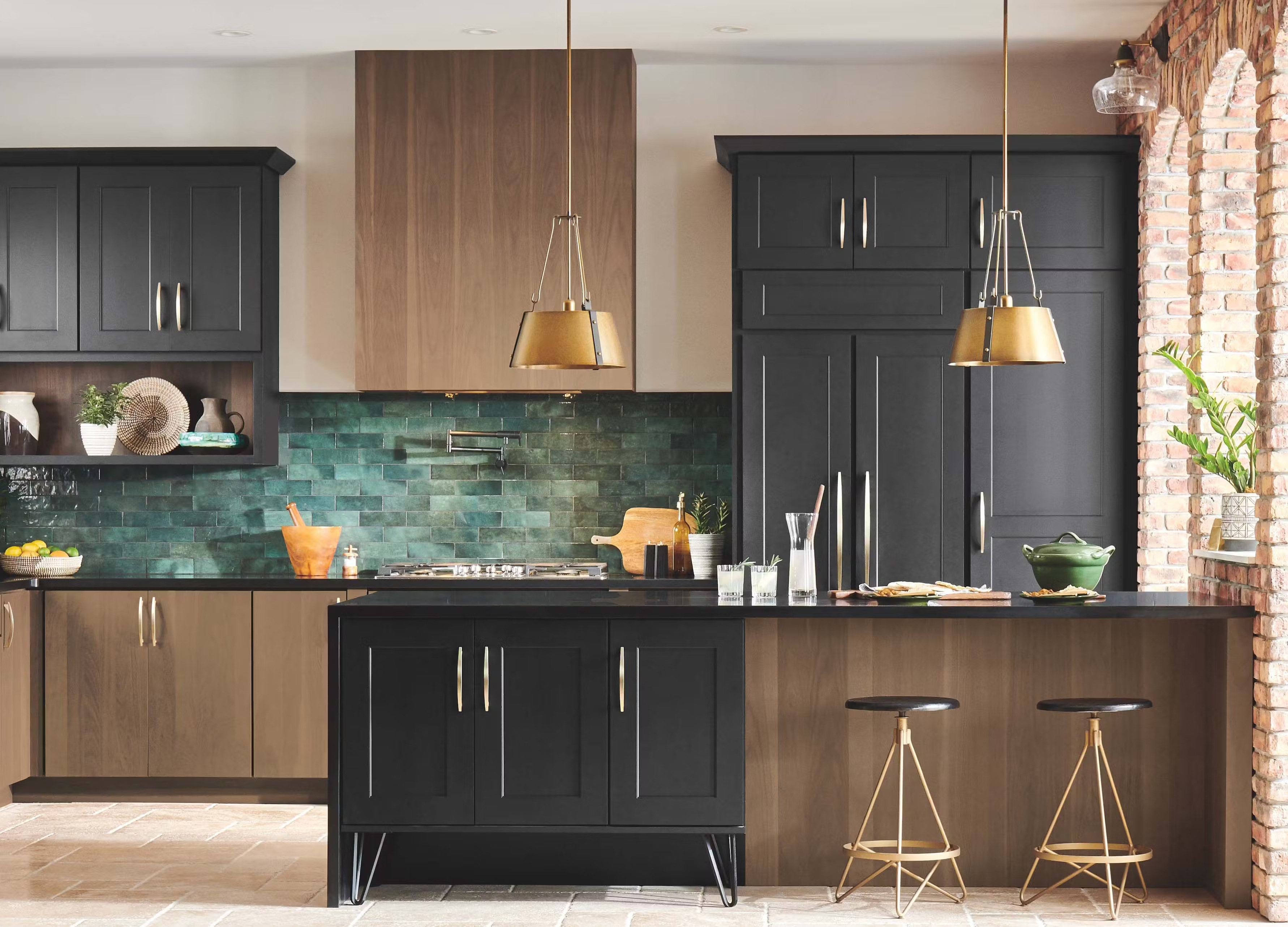
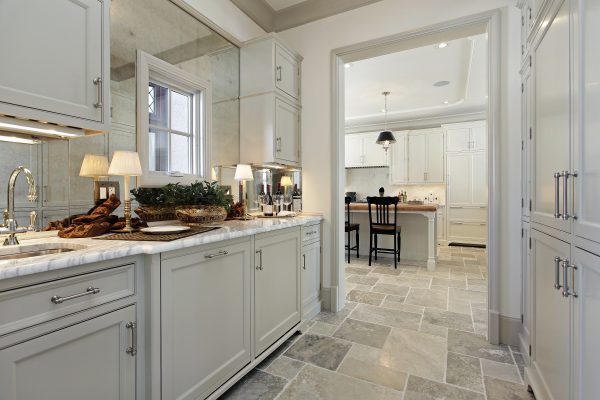
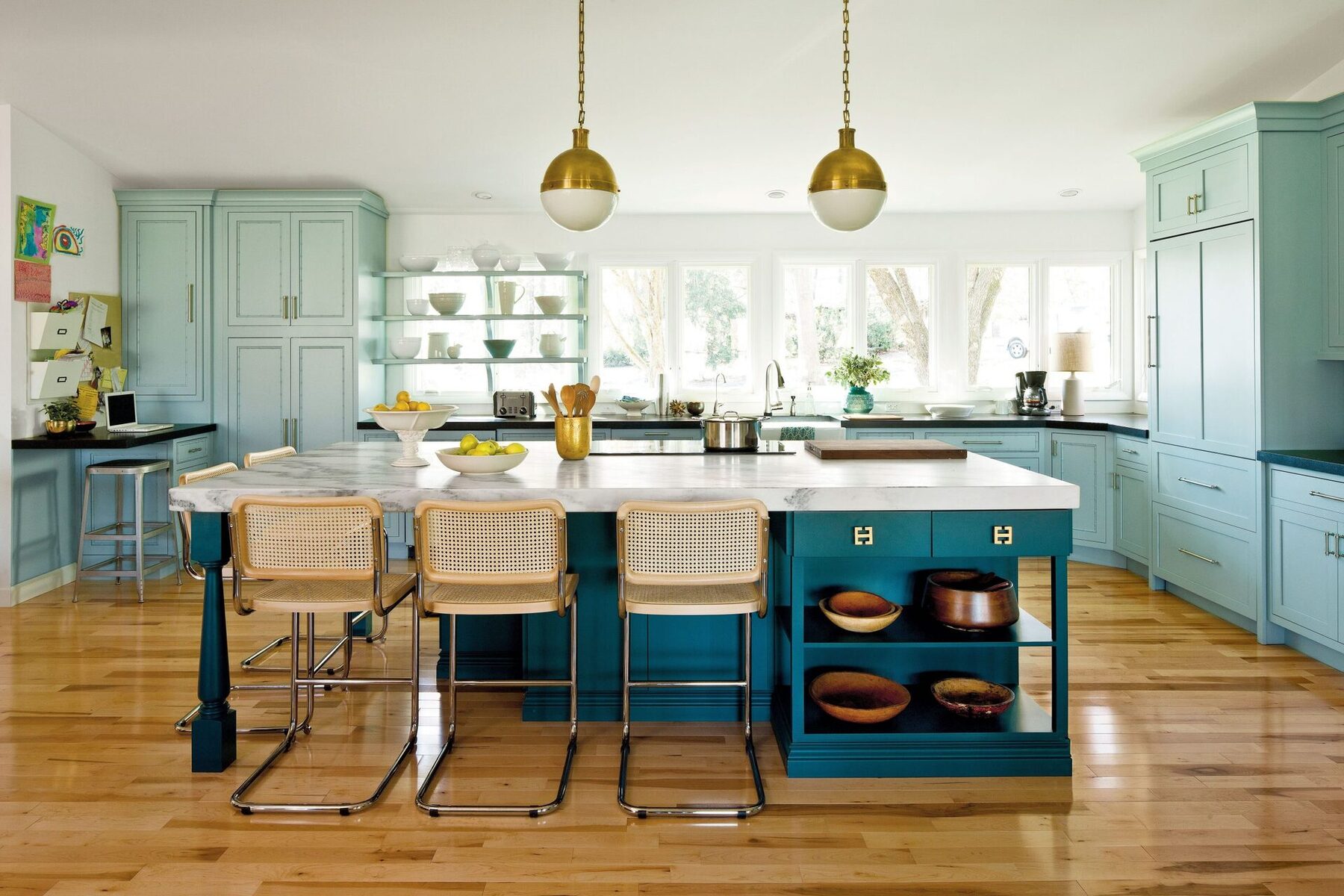

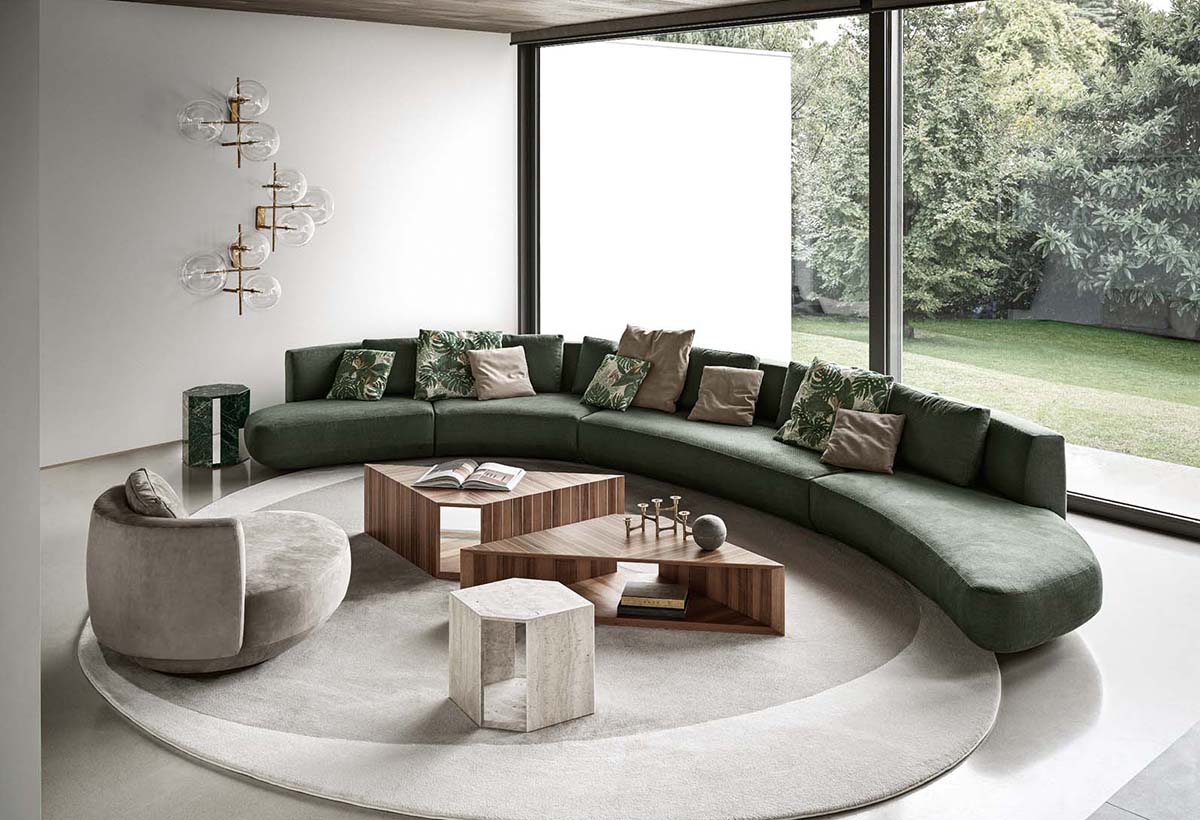
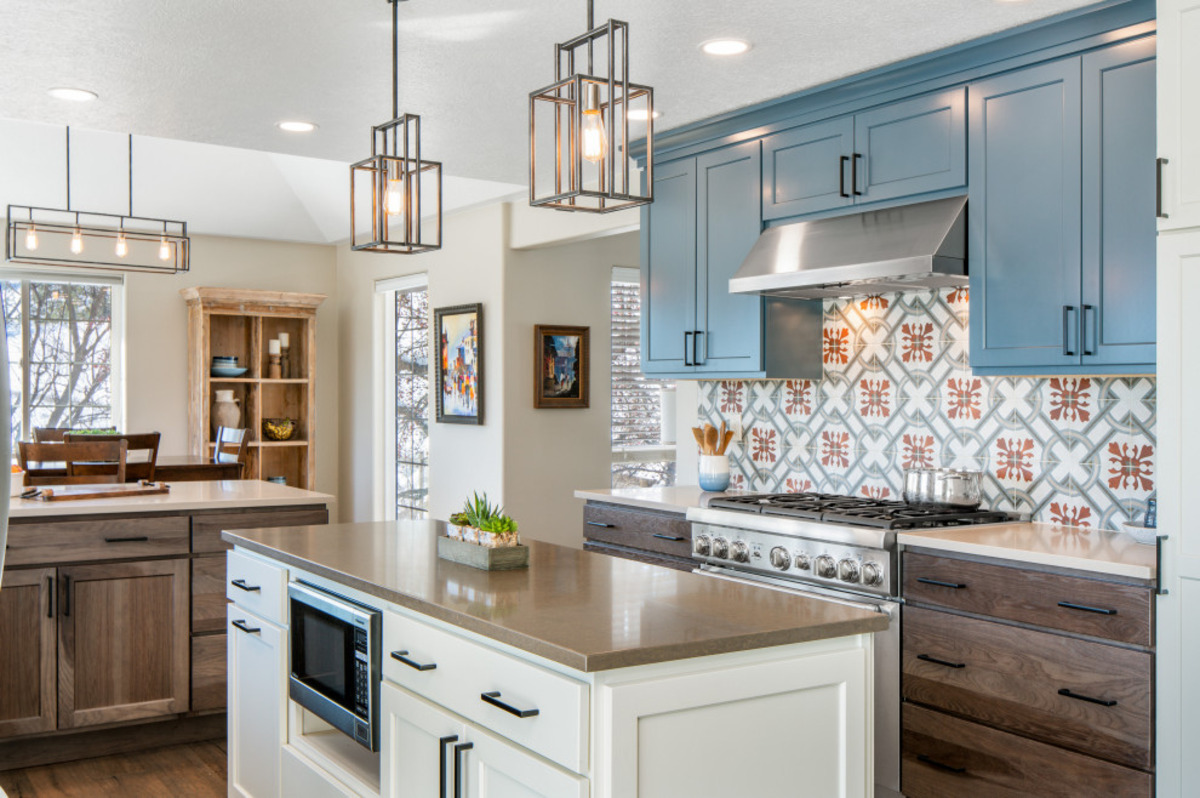
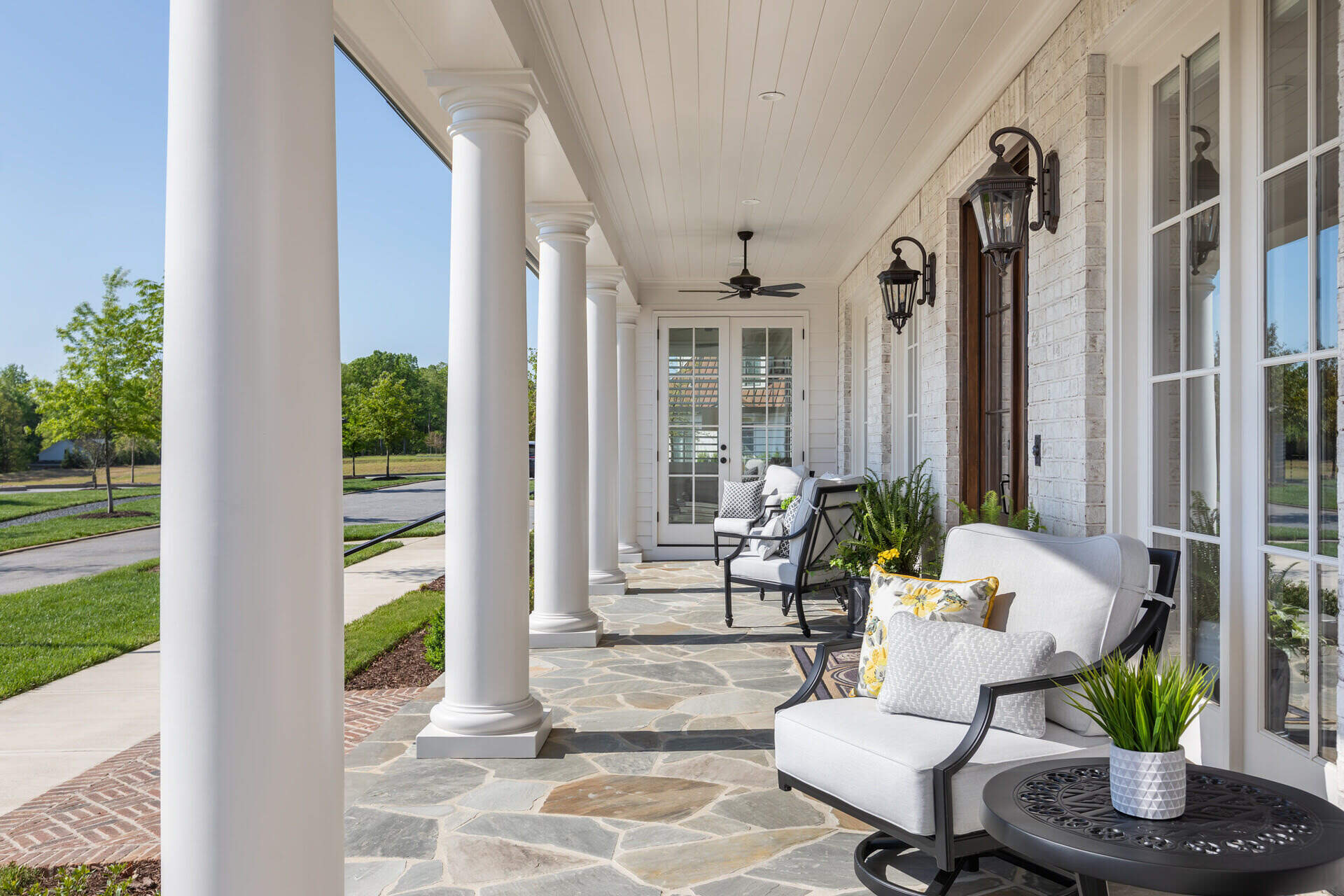
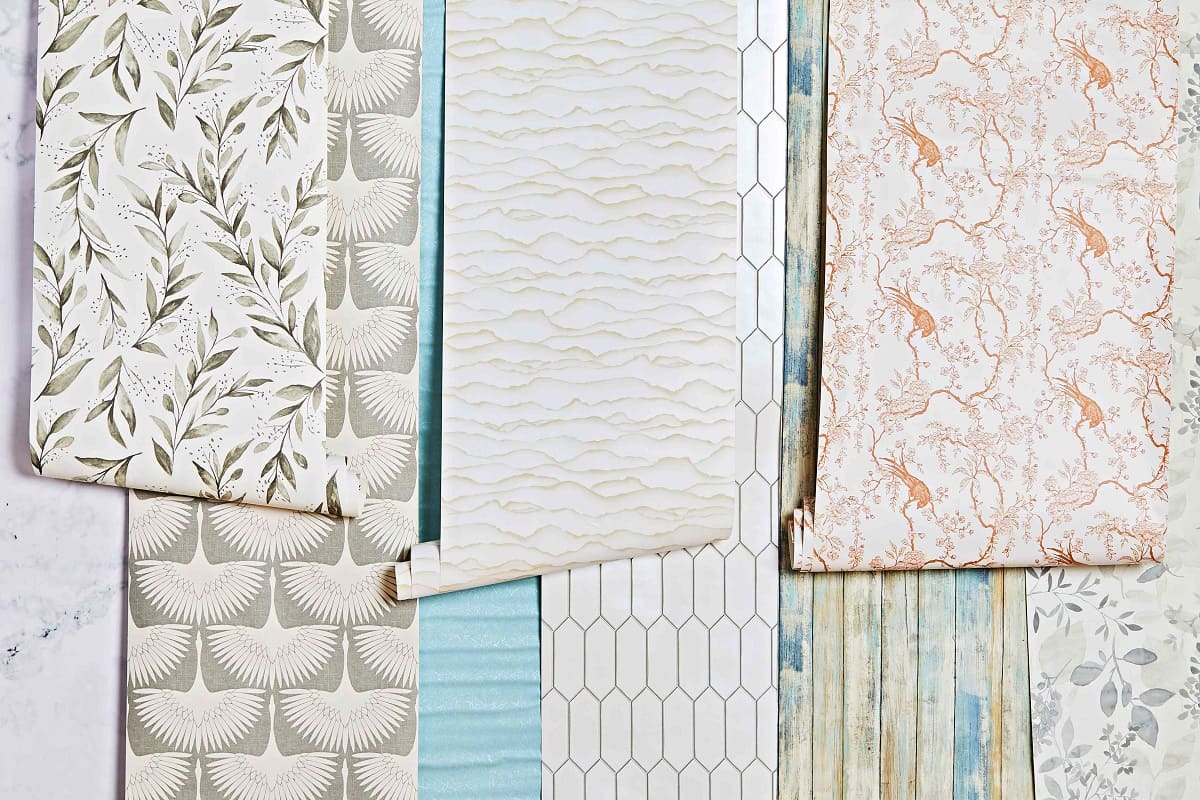
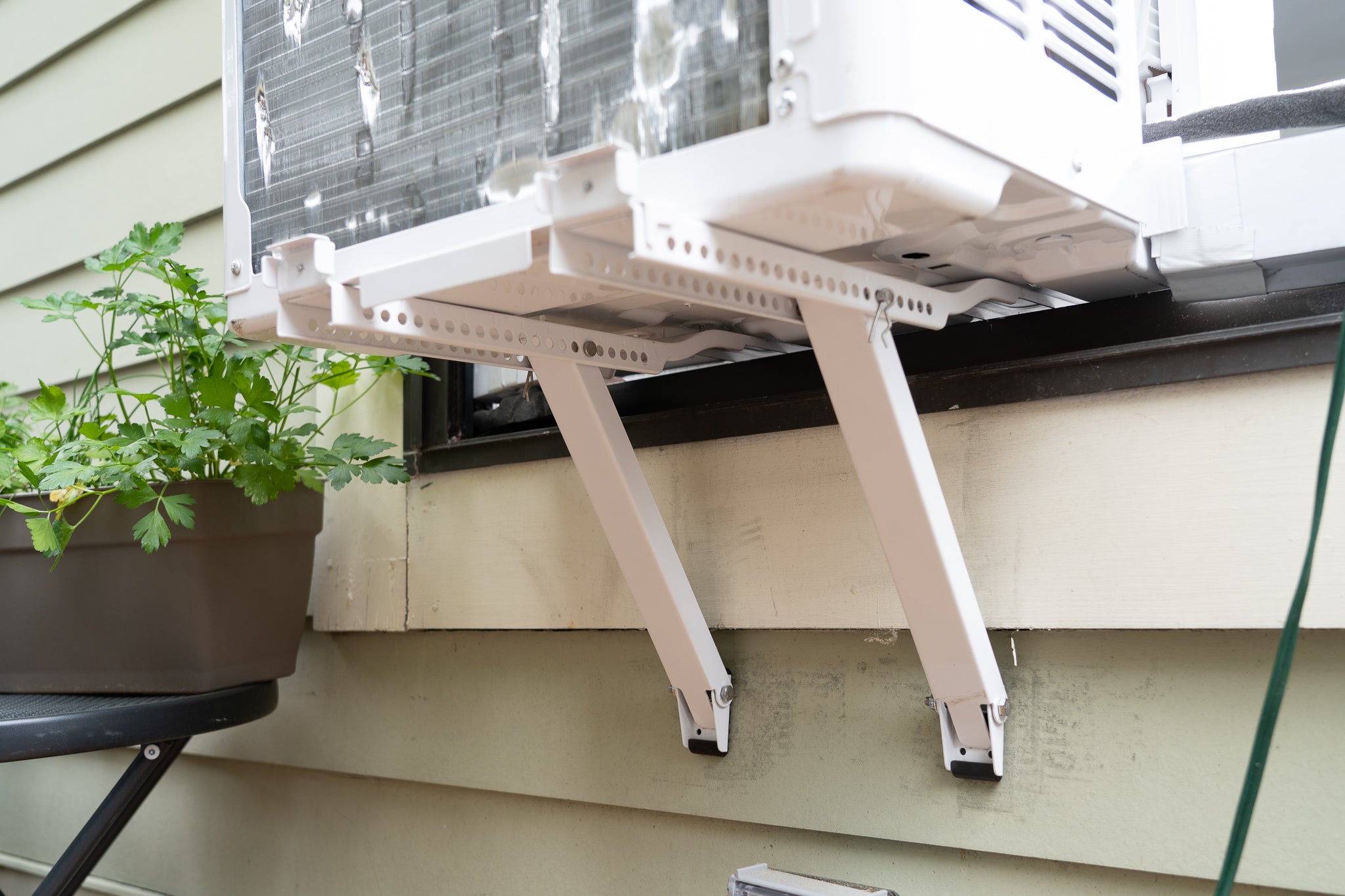
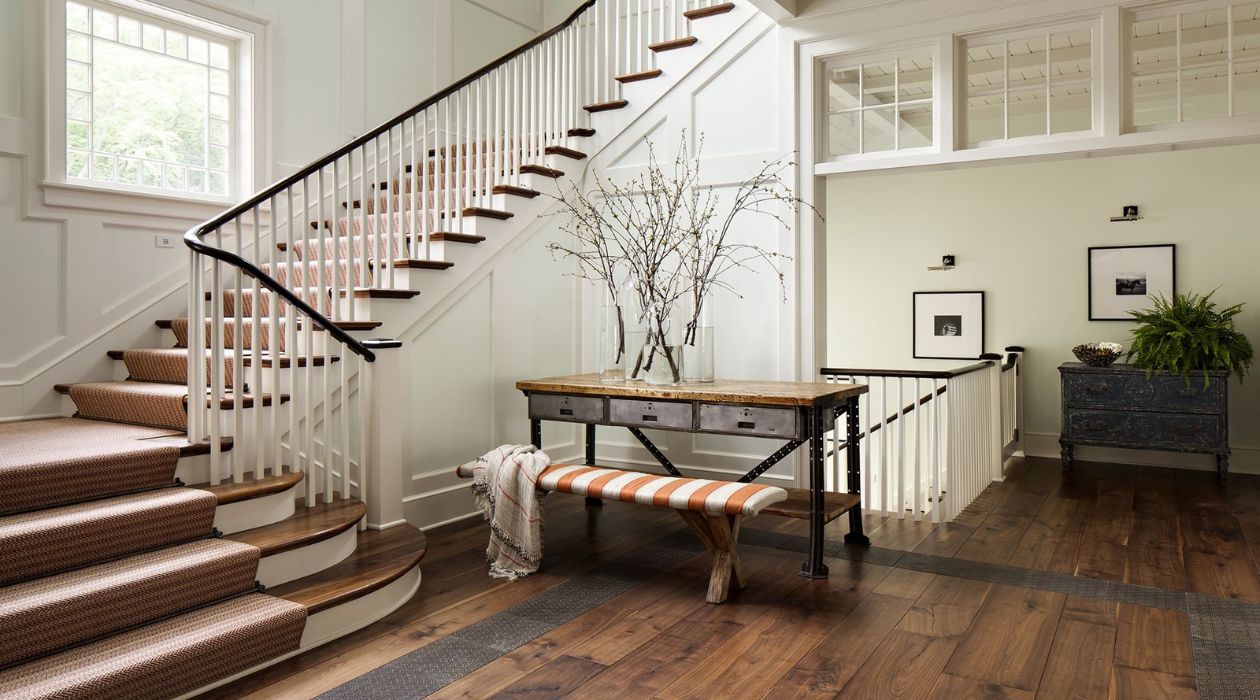
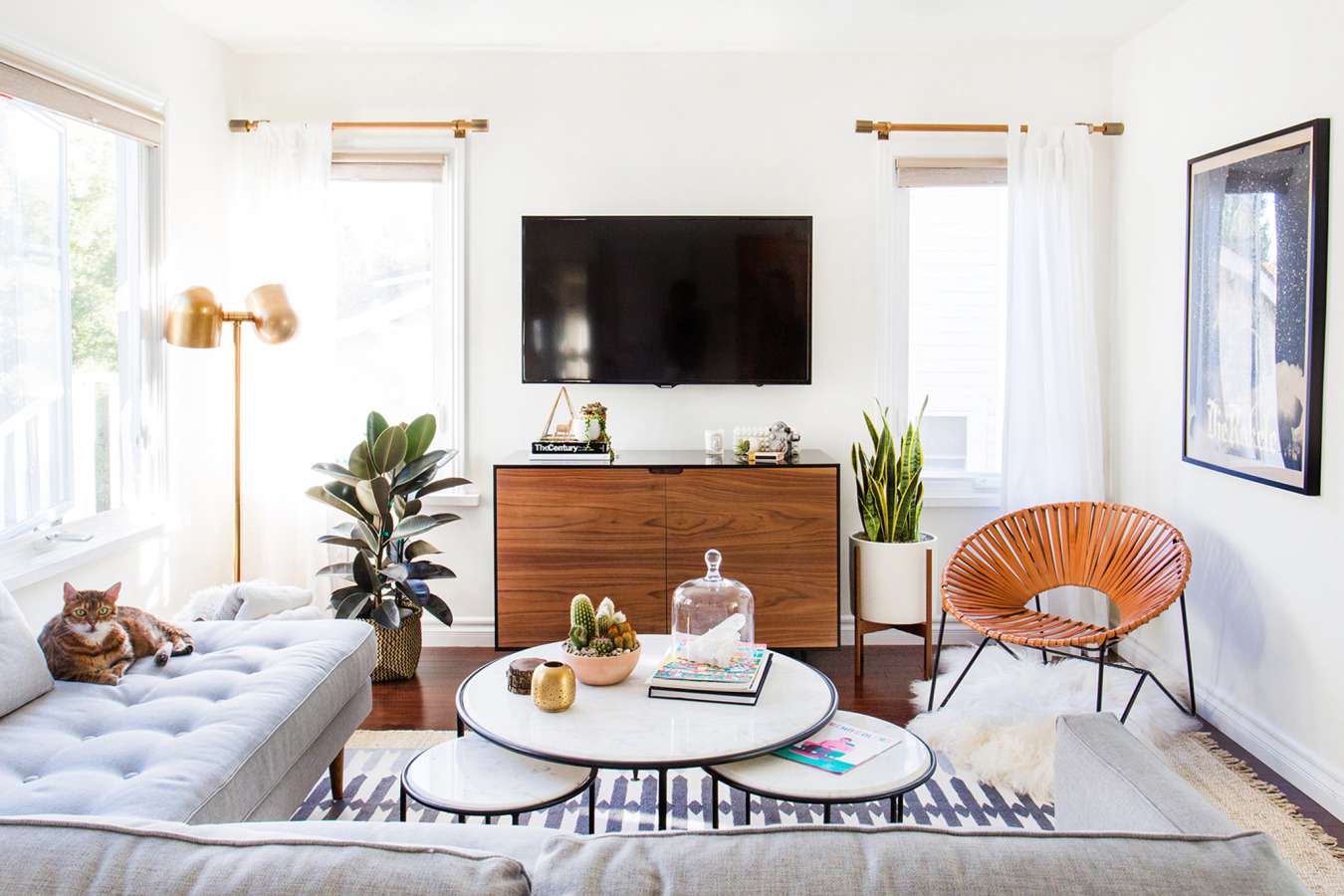
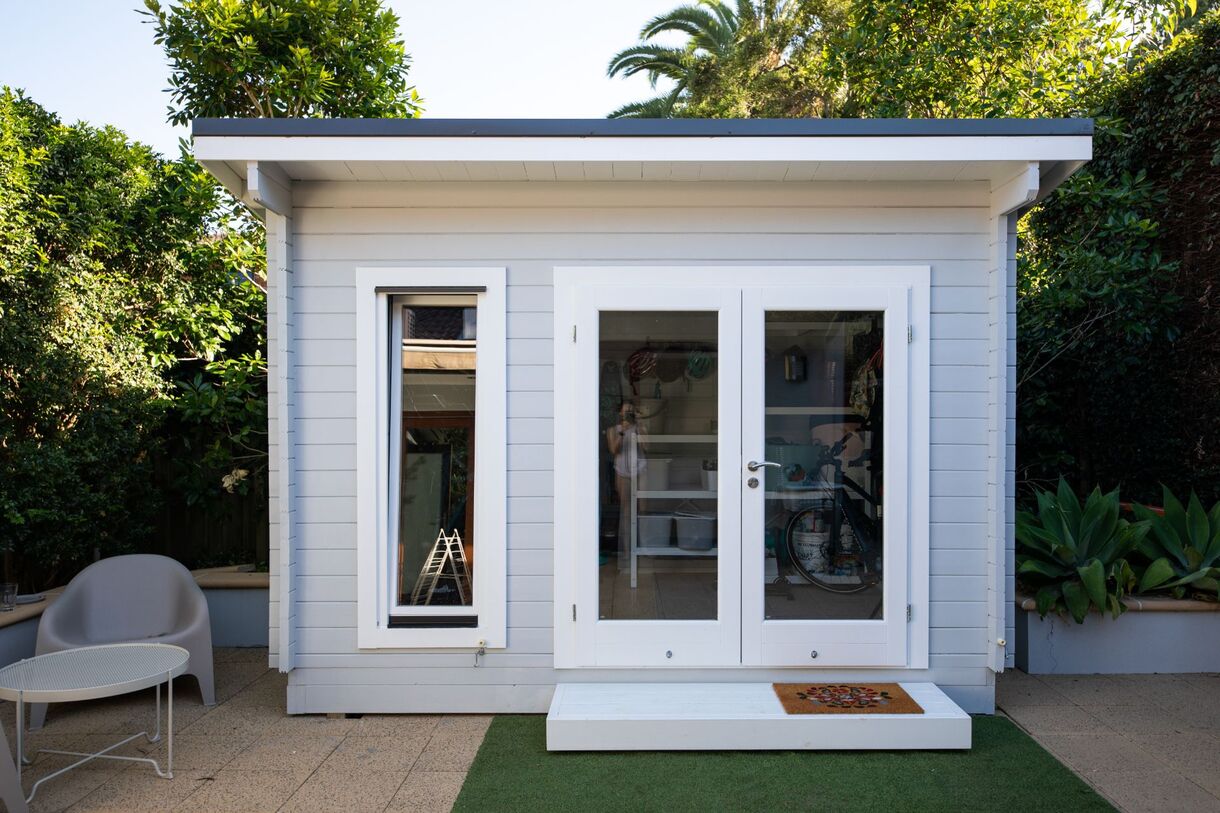
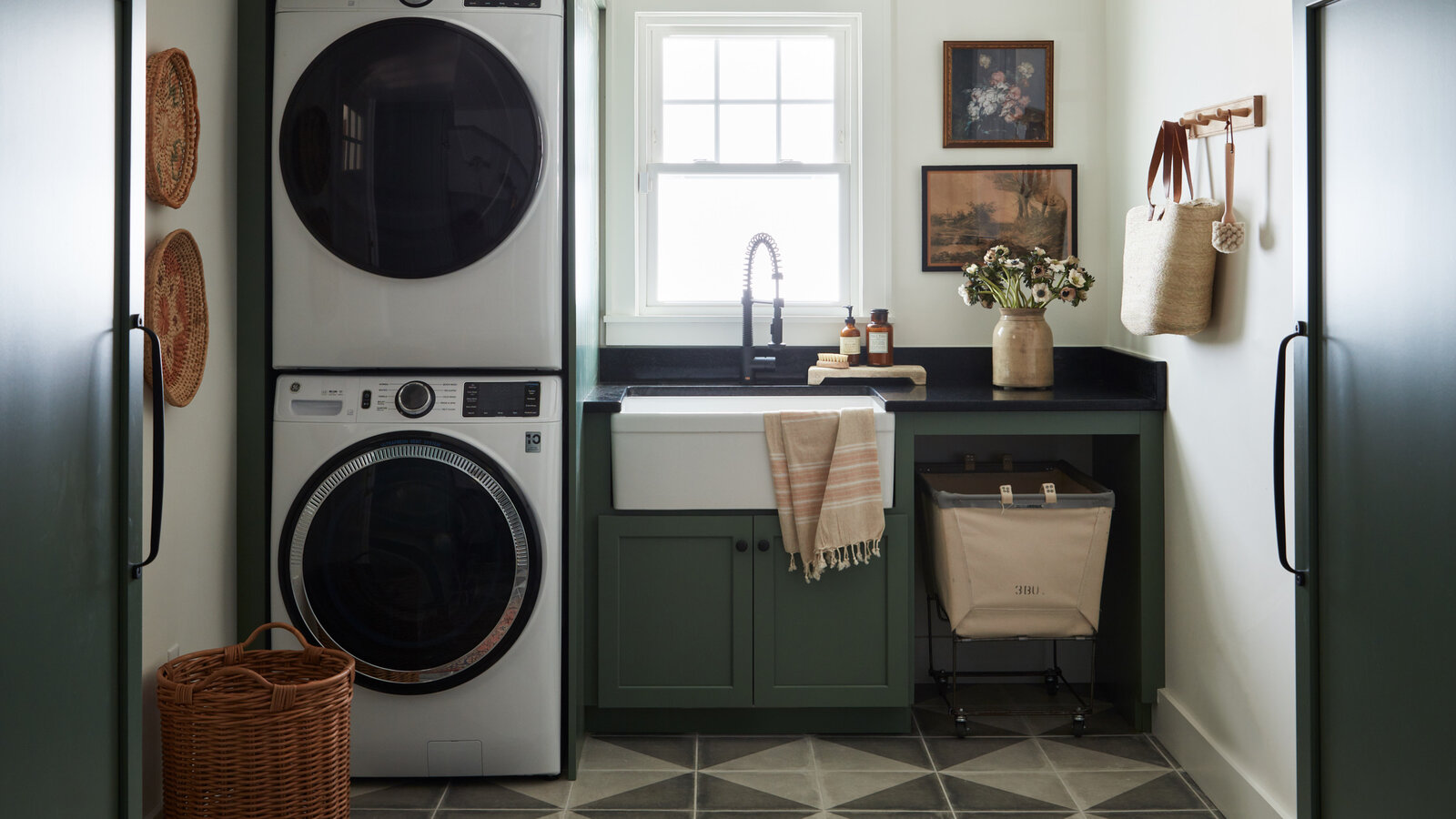


0 thoughts on “The ‘Emotional Support’ Kitchen Is 2024’s Big Design Trend”